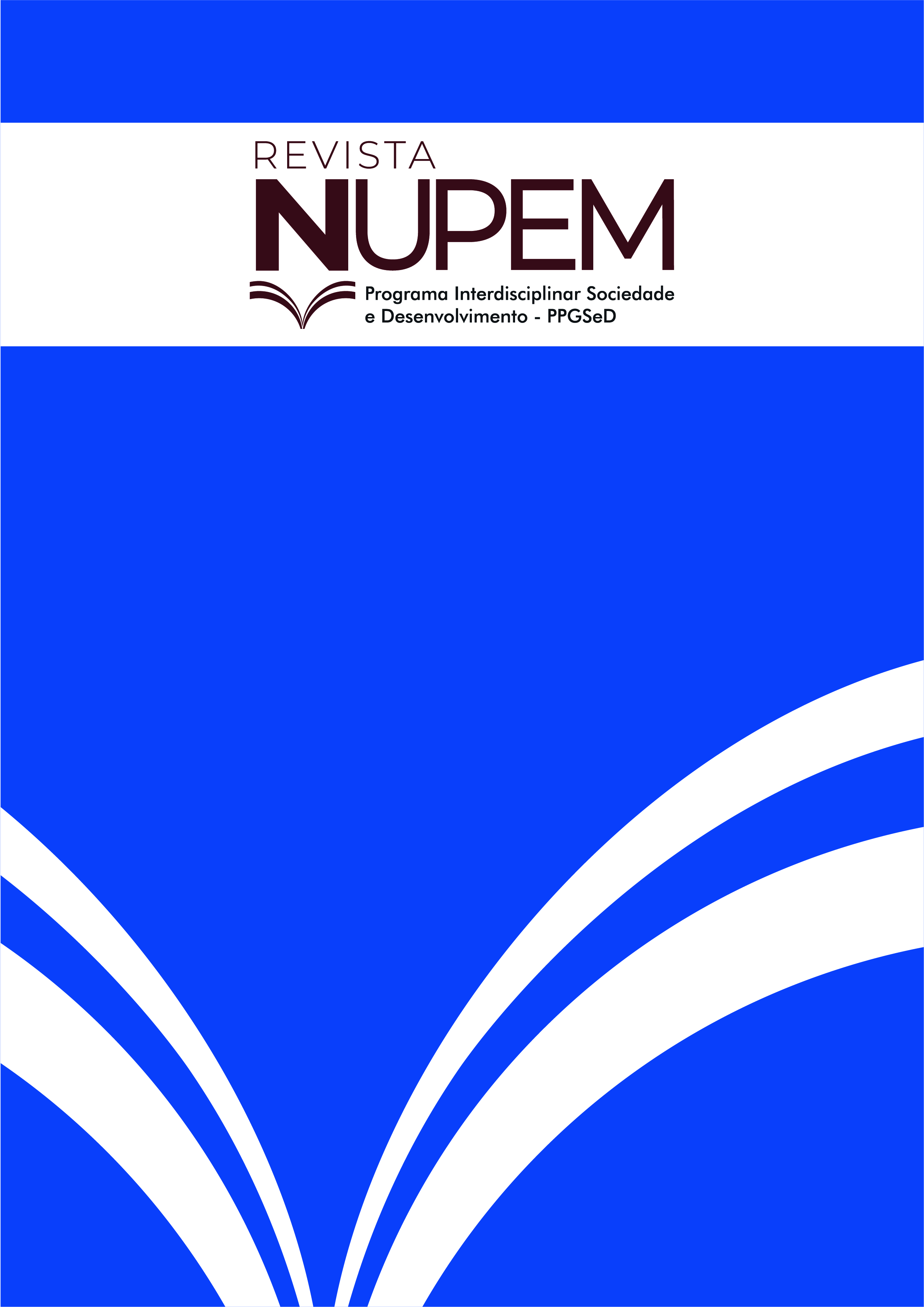The End of Ayahuasca? (at least how I had known the drink and its use in the 1980s): knowledge and transformations
DOI:
https://doi.org/10.33871/nupem.2021.13.28.194-212Keywords:
Ayahuasca, Ayahuasca religions, Transformations, Plants, SubstancesAbstract
This article is a contribution to the reflection on the unfolding of the relationships between traditional know-ledge, plants, substances, science and the market. The motivation is to think about the changes in relation to ayahuasca since the 1980s. Thus, it questions aspects and implications of the expansion of the use of ayahuasca, especially focusing on the field of what has been called ayahuasca religions. It analyzes the relationship between the expansion of the use of ayahuasca and its contemporary implications, particularly in relation to allopathic medicine and the conversion of participants in these religions from collectors to farmers. This question implies thinking about a selection of plants, homogenizing the biopharmacological properties of the substance, a reification that unfolds into a controversial aspect from an ethnopharmacological point of view. Also in the unfolding of the use of agriculture in a selection of the effects and thus of the experiences with the substance.
Downloads
References
ALVERGA, Alex Polari de. O livro das mirações. Rio de Janeiro: Editora Record, 1984.
BURROUGHS, William; GINSBERG, Allen. Cartas do Yagé. Porto Alegre: L&PM,1984.
COE II, Michael Anthony. Theories and major hypothesis in ethnobotany: cultural keystone species, utilitarian redundancy, ethnobotany of the Shipibo-Konibo, and effects of harvest. 78f. Doutorado em Botany-ethnobotany track (ecology, evolution, and conservation biology) pela University of Hawaii at Manoa. Honolulu, 2018.
EHRENBERG, Margaret. Women in prehistory. London: British Museum Publications, 1989.
FRÓES, Vera. História do povo de Juramidam: a cultura do Santo Daime. Manaus: Suframa, 1986.
GOULART, Sandra; LABATE, Beatriz. Da Amazônia ao norte global e de volta: as várias Ayahuascas da II Conferência Mundial da Ayahuasca. Congreso de la Asociación Latinoamericana de Antropologia. Anais… Bogotá, 2017, p. 1-23.
GOW, Peter. Cinema da floresta. Revista de Antropologia, v. 38, n. 2, p. 37-54, 1995.
GROISMAN, Alberto. “Eu venho da floresta”: ecletismo e práxis xamânica daimista no Céu do Mapiá”. 282f. Mestrado em Antropologia Social pela Universidade Federal de Santa Catarina. Florianópolis, 1991.
GROISMAN, Alberto. Eu venho da floresta. Florianópolis: EdUFSC, 1999.
GROISMAN, Alberto. Santo Daime in the Netherlands: an anthropological study of a newworld religion in a European setting. 317f. Doutorado em Social Anthropology pela University of London. Londres, 2000.
GROISMAN, Alberto. The new furnace: science, technology, plasticity and religious life. In: PALMISANO, Stefania; PANOFINNO, Nicola (Eds.). Invention of tradition and syncretism in contemporary religions: sacred creativity. Cham: Springer, 2017.
GROISMAN, Alberto. "Eles pensam que vem estudar o Daime. De fato, vem conhecer a si mesmos": sobre caminhos, descaminhos e inteligibilidades antropológicas. ResearchGate. 2019. Disponível em: https://bit.ly/3djSDyU. Acesso em: 20 jan. 2020.
HOEHNE, Frederico Carlos. Plantas e substâncias vegetais tóxicas e medicinais. São Paulo: Graphicars,1939.
LATOUR, Bruno. Jamais fomos modernos: ensaio de antropologia simétrica. Rio de Janeiro: Editora 34, 2009.
LEITE, Marcelo. Pesquisadores reagem a patentes de drogas psicodélica extraídas de fungos. Folha de S. Paulo. 23 dez. 2018. Disponível em: https://bit.ly/30U0wG9. Acesso em: 20 jan. 2020.
MORTON, Conrad Vernon. Notes on yagé, a drug plant of southeastern Colombia. Journal of the Washington Academy of Sciences, v. 21, n. 20, p. 485-488, 1931.
NICHOLAS, Eduardo. História das marcas: como surgiu a Coca-Cola. Webinsider. 2009. Disponível em: https://bit.ly/34KdJ5v. Acesso em: 20 jan. 2020.
OTT Jonathan. Ayahuasca analogues: pangaen entheogens. Kennewick: Jonathan Ott Books, 1994.
PEREIRA, Marta; MELLO, Samantha de. Ayahuasca: commerce équitable for the empowerment and protection of indigenous people's intellectual property rights. Revista Brasileira de Direito Animal, v. 14, n. 3, p. 20-41, set./dez. 2019.
SILVA, Clodomir Monteiro da. O Palácio de Juramidan: o Santo Daime, um ritual de transcendência e despoluição. 194f. Mestrado em Antropologia pela Universidade Federal de Pernambuco. Recife, 1983.
SPRUCE, Richard. Notes of a botanist on the Amazon & Andes: being records of travel on the Amazon and its tributaries, the Trombetas, Rio Negro, Uaupés, Casiquiari, Pacimoni, Huallaga, and Pastasa; as also to the cataracts of the Orinoco, along the eastern side of the Andes of Peru and Ecuador, and the shores of the Pacific, during the years 1849-1864. London: Macmillan,1908.
STANDISH, Leanna. Can and should Ayahuasca become part of western medicine? Kaphi. 26 maio 2019. Disponível em: <https://bit.ly/30T0zBY>. Acesso em: 20 jan. 2020.
STAUB, Ênio. Entrevista concedida a Alberto Groisman. Florianópolis, dez. 2011.
WISER, Glenn. U.S. patent and trademark office reinstates Ayahuasca patent flawed decision declares open season on resources of indigenous peoples. CIEL. 25 jun. 2001. Disponível em: https://www.ciel.org/wp-content/uploads/2015/06/PTODecisionAnalysis.pdf. Acesso em: 20 jan. 2020.
Downloads
Published
Issue
Section
License
Copyright (c) 2021 Revista NUPEM

This work is licensed under a Creative Commons Attribution 4.0 International License.



